Helpful Guide to Emissivity
All materials emit, absorb and reflect radiant energy. Emissivity defines how well the surfaces of different materials emit heat in the form of infrared energy, measured somewhere between 0 and 1. Below is a rough guide of the emissivity of different materials. However, where emissivity cannot be guaranteed, a more refined value should be determined by using an accurate probe to compare with and adjust an infrared thermometer so that it provides accurate readings.
How to Calculate the Correct Emissivity Setting?
With the emissivity rating of many common materials listed below, inputting the right emissivity value is as easy as checking the chart.
Chart values, however, are just estimates. The actual emissivity of a surface you're trying to measure will vary slightly depending upon its color, thickness and even its temperature. Verifying the precise accuracy of an infrared measurement can take a little more planning.
This is particularly true when your infrared thermometer is set to lower emissivity values. Since materials with low emissivity are poor emitters of infrared energy by definition, infrared thermometers amplify the infrared radiation levels they detect when they perform their calculations. This can lead to the magnification of slight errors and make temperature measurements at lower settings seem erratic.
There are two ways to handle this:
1. Use a surface probe and meter to help pinpoint the proper emissivity setting for your infrared thermometer.
2. Use a high-emissivity patch between the target surface and the infrared thermometer.
fixed emissivity IR thermometers
Fixed emissivity is a setting on some infrared thermometers, usually of 0.95 or 0.97, that attempts to simplify their operation while leaving them suitable for most material surfaces, including almost all foods. Other infrared thermometers come with adjustable emissivity settings, so you can more accurately prepare your infrared thermometers for the type of surface being measured, particularly when measuring non-organic surfaces.
material and emissivity
-
P.V.C. .91-.93
-
Paint: 3M, black velvet coating 9560 series optical black 1.00
-
Paint: aluminium 0.45
-
Paint, oil: average of 16 colours 0.94
-
Paint: oil, black, flat 0.94
-
Paint: oil, black, gloss 0.92
-
Paint: oil, grey, flat 0.97
-
Paint: oil, grey, gloss 0.94
-
Paint: oil, various colours 0.94
-
Paint: plastic, black 0.95
-
Paint: plastic, white 0.84
-
Paper: black 0.90
-
Paper: black, dull 0.94
-
Paper: black, shiny 0.90
-
Paper: cardboard box 0.81
-
Paper: green 0.85
-
Paper: red 0.76
-
Paper: yellow 0.72
-
Paper: white bond 0.93
-
Paper: yellow 0.72
-
Paper: tar 0.92
-
Pipes: glazed 0.83
-
Plaster .86-.90
-
Plaster: rough coat 0.91
-
Plasterboard: untreated 0.90
-
Plastic: acrylic, clear 0.94
-
Plastic: black 0.95
-
Plastic: white 0.84
-
Plastic paper: red 0.94
-
Plastic paper: white 0.84
-
Plexiglass: Perpex 0.86
-
Plywood .83-.98
-
Plywood: commercial, smooth finish, dry 0.82
-
Plywood: untreated 0.83
-
Polypropylene 0.97
-
Porcelain: glazed 0.92
-
Quartz 0.93
-
Redwood: wrought, untreated 0.83
-
Redwood: unwrought, untreated 0.84
-
Rubber 0.95
-
Rubber: stopper, black 0.97
-
Sand 0.90
-
Skin, human 0.98
-
Snow 0.80
-
Soil: dry 0.92
-
Soil: frozen 0.93
-
Soil: saturated with water 0.95
-
Stainless Steel 0.59
-
Stainless Plate 0.34
-
Steel: galvanized 0.28
-
Steel: rolled freshly 0.24
-
Styrofoam: insulation 0.60
-
Tape: electrical, insulating, black 0.97
-
Tape: masking 0.92
-
Tile: floor, asbestos 0.94
-
Tile: glazed 0.94
-
Tin: burnished 0.05
-
Tin: commercial tin-plated sheet iron 0.06
-
Varnish: flat 0.93
-
Wallpaper: slight pattern, light grey 0.85
-
Water 0.95
-
Water: distilled 0.95
-
Water: ice, smooth 0.96
-
Water: frost crystals 0.98
-
Water: snow 0.85
-
Wood: planed 0.90
-
Wood: panelling, light finish 0.87
-
Wood: spruce, polished, dray 0.86

